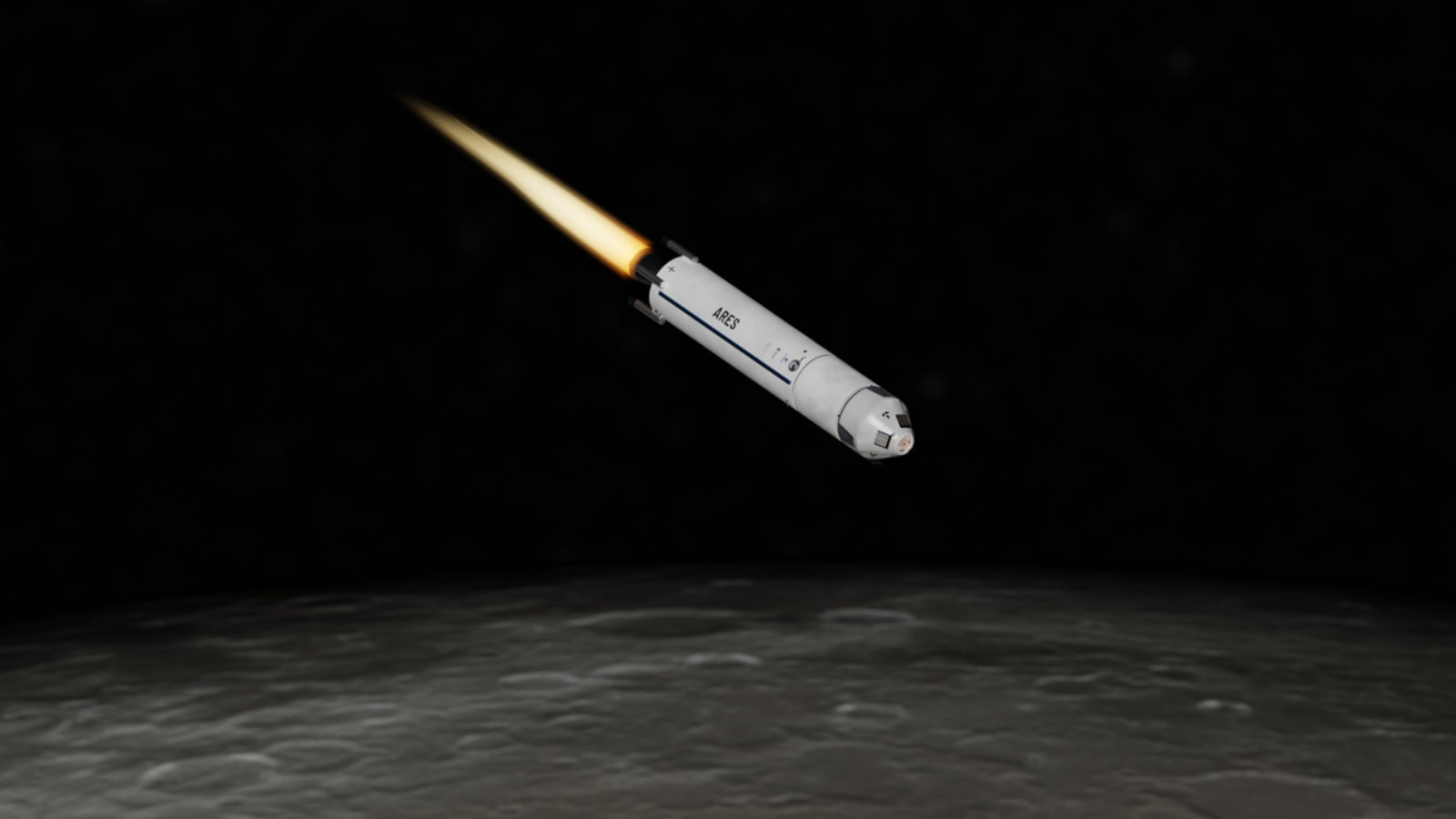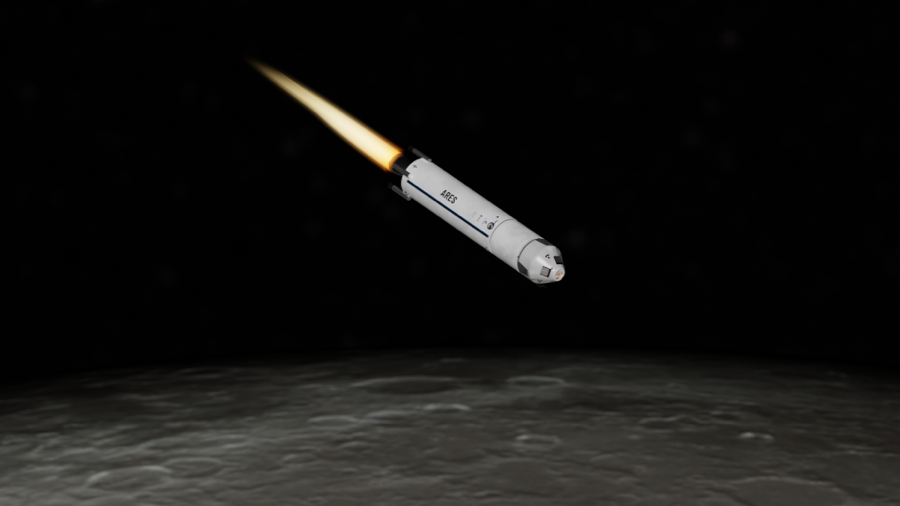
Rotate your tablet
for a better experience


Rotate your tablet
for a better experience

Students from ISAE Supaero draw inspiration from an ArianeGroup engine for their lunar project
As a patron of the ISAE Foundation, ArianeGroup closely monitors academic projects at aerospace engineering school ISAE Supaero. To hone collective thinking skills, students were recently asked to work in groups to develop a lunar project. The Vinci rocket engine was a particular source of inspiration in one instance: for the design of a reusable vessel named ARES, which stands for Advanced Reusable Exomoon Shuttle. Students explained further :
Well aware of the challenges of future lunar excursions, students believe that their project is a means to test new technologies and to conduct scientific research on the Moon’s surface, with a particular focus on lunar regolith.
There are good reasons for going back to the Moon, 50 years after Apollo 11
They continued: “Being able to easily and rapidly reach the lunar surface is a gateway towards the ultimate goal of going farther into space.” This idea is in keeping with the international drive to go back to the Moon.

©Killian Maret, student at ISAE Supaero
The project participants are examining the possibility of assembling the shuttle in low-Earth orbit, and conducting subsequent excursions between the LOP-G and a future lunar outpost where maintenance operations (supply provision, preventive and conditional maintenance, etc.) would take place. The shuttle is designed to support a two-ton payload and a capsule with two astronauts.
Given these criteria, all shuttle systems were designed with one goal in mind: the safety of the crew. This entails using the most recent technologies. Furthermore, to ensure versatility, efficiency, and reusability, which is particularly crucial for this project, the shuttle will be equipped with latest-generation cryogenic liquid-fuel propulsion systems and ArianeGroup’s Vinci engine.
The use of such equipment will ensure the existence of high-quality components in the near future. In addition, students will be able to contemplate sending their shuttle onboard the Ariane 64 launcher by 2030.
For the time being, obviously, this is all theoretical and academic. ArianeGroup is nonetheless thrilled to inspire student projects that can harness the real and reliable technology of our engines. Driving innovation also means providing food for thought for budding engineers who will tackle future space challenges.
ArianeGroup wishes to thank Nathanaël Guesquiers, Victor Guivarch, Clément Loneux, Juliette Mollard, Paul Rousseau, and especially Killian Maret, for their innovative and engineering acumen.